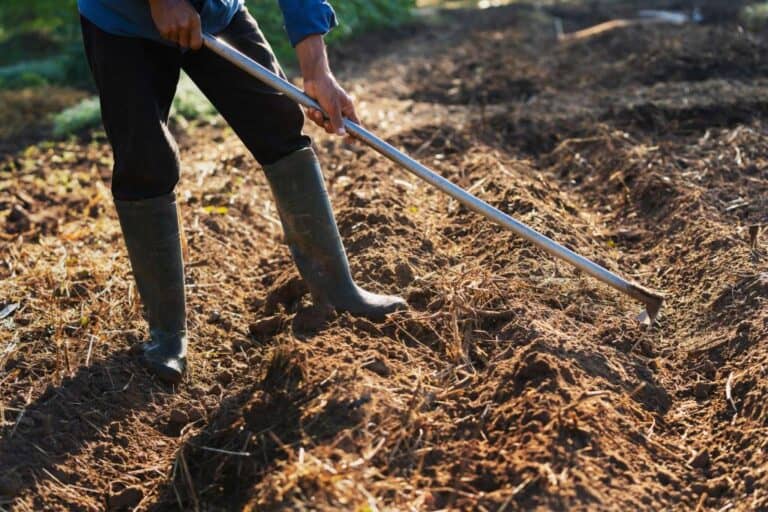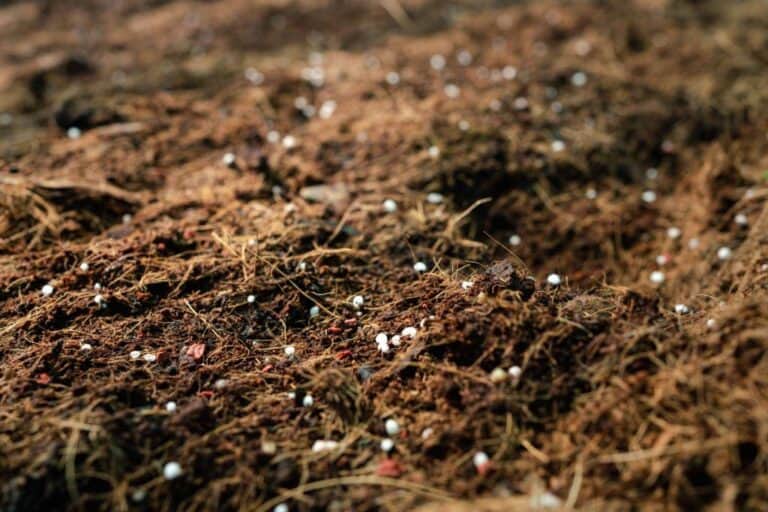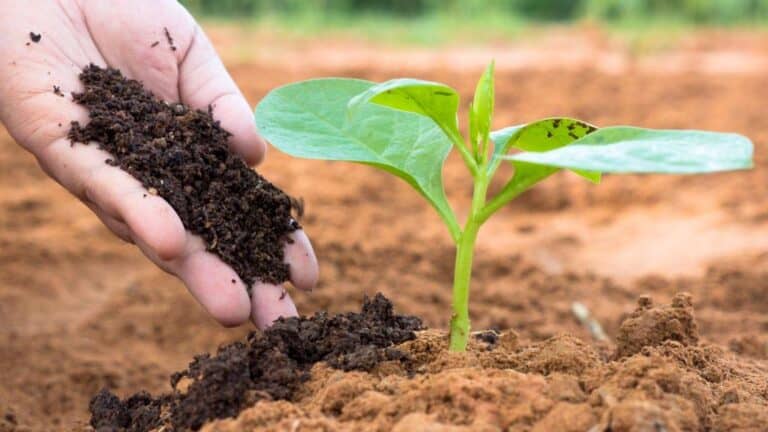What Is a Good Percentage of Organic Matter in Soil?
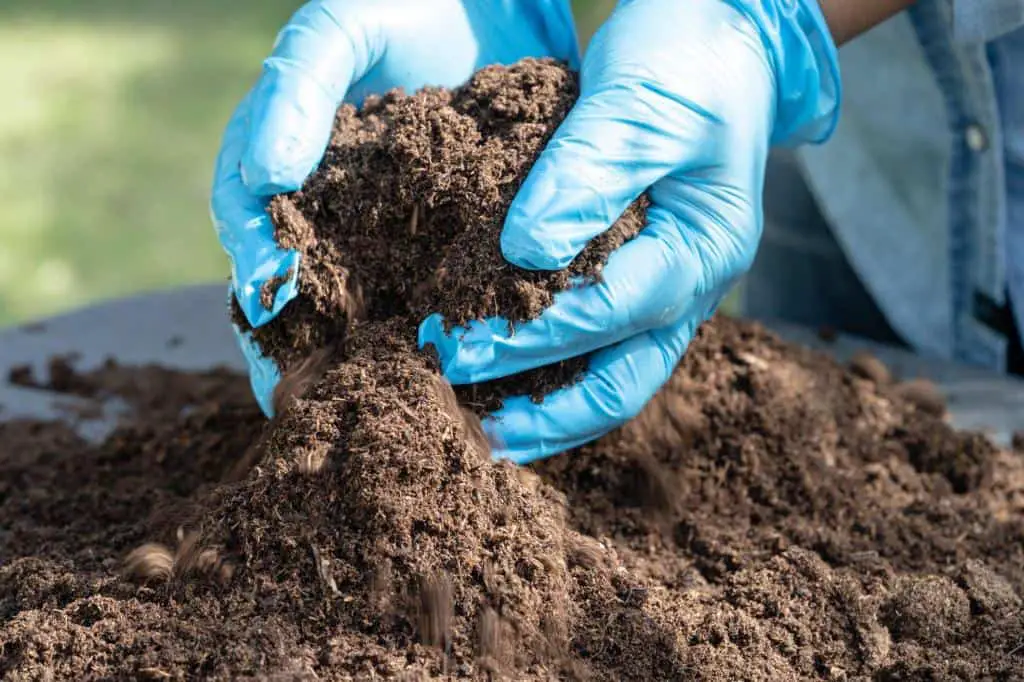
When it comes to soil health, one crucial factor that often takes center stage is the percentage of organic matter present in the soil. Organic matter serves as the lifeblood of soil, enriching it with nutrients, improving its structure, and promoting plant growth. But what exactly is a good percentage of organic matter in soil, and how can we achieve it?
There isn’t a one-size-fits-all answer to the question of what constitutes a “good” percentage of organic matter. It’s a bit like baking—a dash too much or too little can make all the difference.
In this article, we’ll delve into the world of soil science to understand the importance of organic matter, the factors that influence its content, the benefits it brings, and the methods for measuring it accurately.
So, stick with us as we embark on a journey to demystify the enigma of soil’s hidden treasure and discover just how much organic matter your soil needs to flourish. Get ready to dig deep into the fascinating world of soil science, where the secrets of lush gardens and bountiful harvests are waiting to be unearthed.
Understanding Organic Matter
Organic matter, in the context of soil, refers to the remains of plants and animals that have decomposed over time. It includes everything from dead leaves, roots, and crop residues to microorganisms like bacteria and fungi. These components enrich the soil with essential nutrients and improve its overall soil quality.
Here’s a quick look at some of the key benefits of organic matter in soil:
- Nutrient Retention: Organic matter acts like a sponge, holding onto essential nutrients such as nitrogen, phosphorus, and potassium. This prevents them from leaching away, making them readily available to plants.
- Improved Soil Structure: The presence of organic matter encourages the formation of soil aggregates, which create a loose, crumbly structure. This enhances aeration and water infiltration while reducing soil compaction.
- Enhanced Microbial Activity: Organic matter serves as a food source for soil microbes. When these microorganisms thrive, they help break down organic matter further, releasing nutrients and improving soil health.
- Water Holding Capacity: Soils with higher organic matter content have greater water-holding capacity. This means they can retain moisture in soil for longer periods, reducing the need for frequent irrigation.
Now that we understand the importance of organic matter, let’s explore the ideal percentage for different purposes.
What Is a Good Percentage of Organic Matter in Soil?
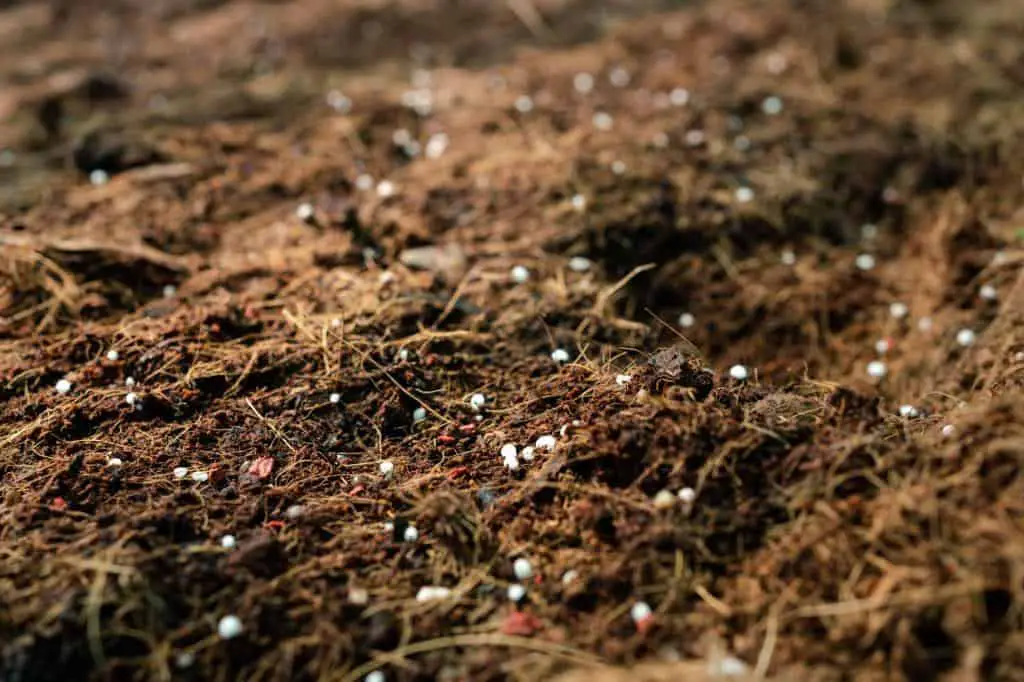
The ideal percentage of organic matter in soil depends on the type of soil and its intended use. Most productive agricultural soils have between 3 and 6% organic matter. The University of Missouri Extension suggests that organic matter should make up at least 2 to 3% of the soil for growing lawns.
However, some experts recommend a higher percentage of organic matter. They said the ideal soil organic matter accounts for a small fraction of soil by volume, typically between 2 and 8%. This is the ideal number for a good soil quality for plant health and growth. The amount of organic matter needed to increase soil organic matter by 1% depends on the soil type and its current organic matter content. In general, soils with higher levels of fine silt and clay usually have higher levels of organic matter than those with a sandier texture
Organic Matter Levels for Various Applications
The optimal percentage of organic matter in soil varies depending on the specific use and the type of plants you intend to grow. Here’s a breakdown of recommended organic matter levels for different applications:
1. Vegetable Gardens
For home vegetable garden soil, a good target range for organic matter is between 5% and 8%. This level provides sufficient nutrients for vegetable plants while maintaining good drainage and aeration. Amending your garden soil with compost or well-rotted manure can help achieve this range.
2. Flower Beds
When it comes to flower beds, you can aim for a slightly lower organic matter content, typically around 3% to 6%. This range provides a balance between nutrient availability and the need for well-draining soil in flower raised beds. Mixing in compost or organic mulch during bed preparation can help reach this level.
3. Lawns
Lawn grasses have different requirements compared to garden plants. For healthy, lush lawns, aim for an organic matter content of 2% to 5%. Too much organic matter can lead to excessive thatch buildup, which can suffocate grass roots. A light application of compost when overseeding or aerating can help maintain these levels.
4. Agricultural Cropland
In agricultural settings, organic matter content can vary widely depending on soil type and crop rotation. However, a general guideline is to maintain a range of 2% to 5%. This ensures a good balance between nutrient availability and soil structure. Regularly adding crop residues and practicing cover cropping can help achieve and maintain these levels.
5. Container Gardening
For container gardening, it’s essential to use a potting mix with adequate organic matter, typically around 20% to 50%. Containers have limited soil volume, so a higher organic matter content ensures sufficient nutrient retention and moisture holding capacity. Commercial potting mixes often contain the right blend for container gardening.
Testing and Measuring Soil Organic Matter
To determine the organic matter content in your soil, you can conduct a simple soil test. Many agricultural extension offices offer soil testing services, or you can use DIY soil test kits available at garden centers.
Laboratory Methods
Accurate measurement of organic matter content is essential for soil quality management. Researchers and agricultural experts frequently use laboratory methods because they produce precise results. Two primary laboratory techniques are the “loss on ignition” and “wet oxidation” methods.
| Laboratory Method | Description |
| Loss on Ignition | In this method, a soil sample is heated to high temperatures, causing the organic matter to burn off. The weight loss after ignition indicates the organic matter content. |
| Wet Oxidation | Wet oxidation involves digesting the soil sample with a chemical solution to oxidize the organic matter. The remaining carbon is then quantified. |
Field-Based Methods
While laboratory methods offer precision, field-based methods provide practicality for farmers and gardeners. These methods don’t require specialized equipment and can yield reasonably accurate estimates of organic matter content. Common field-based methods include assessing soil color and texture.
| Field-Based Method | Description |
| Soil Color | Soil color can be indicative of organic matter content. Darker soils often have higher organic matter levels due to the presence of humus. |
| Soil Texture Assessment | A simple “feel test” can help determine soil texture and indirectly assess organic matter content. Loamy soils are likely to have more organic matter. |
Maintaining an optimal percentage of organic matter in soil is an ongoing process. Regular monitoring through soil testing is essential. Soil tests can reveal changes in organic matter content, allowing for timely adjustments in management practices.
How to Amend Organic Matter Content in Soil
If your soil’s organic matter content falls below the recommended range for your specific application, here are some ways to amend it:
- Compost: Adding compost is one of the most effective ways to increase organic matter content. Compost is rich in nutrients and beneficial microorganisms, making it an excellent choice for improving soil fertility.
- Mulching: Applying organic mulch to the soil surface not only conserves moisture but also gradually adds organic matter as it breaks down. Wood chips, straw, or shredded leaves make excellent mulch materials.
- Cover Cropping: In agricultural settings, planting cover crops like clover or legumes during the off-season can increase organic matter content when these crops are incorporated into the soil.
- Manure: Well-rotted animal manure is another valuable source of organic matter. However, be cautious with the type and quantity of manure used to avoid nutrient imbalances or contamination.
Conclusion
In the world of gardening, agriculture, and landscaping, organic matter in soil is an often underestimated hero. It plays a pivotal role in ensuring the health and vitality of plants by improving nutrient availability, soil composition, soil structure, and moisture retention.
The ideal percentage of organic matter varies depending on your specific needs, whether it’s a lush lawn, a bountiful vegetable garden, or a vibrant flower bed. Understanding these requirements and amending your soil accordingly will lay the foundation for successful and thriving green spaces.
By implementing the strategies above, you can increase and maintain the ideal percentage, but not too much organic matter. Doing so will improve soil quality. By addressing the challenges it faces and recognizing its contribution to carbon sequestration, you can play a vital role in enhancing soil health and mitigating climate change. Sustainable farming practices and ongoing monitoring are key components of this journey, ensuring that your soil remains fertile and productive for years to come.
So, go ahead and get your hands dirty, enrich your soil with organic matter, and watch your plants flourish like never before!
FAQs on Soil Improvement Through Organic Matter
What are the consequences of low organic matter in the soil?
Low organic matter can result in poor soil structure, reduced nutrient availability, and increased vulnerability to erosion. It may also lead to decreased water-holding capacity and compromised microbial activity, hindering plant growth.
Can you have too much organic matter in the soil?
Yes, having too much organic matter in the soil can be detrimental. Excessive organic matter can lead to poor drainage, decreased soil composition, an increased risk of disease, and nutrient imbalances. Striking a balance is essential.
What are some natural ways to increase organic matter in the soil?
Natural ways to increase organic matter include adding compost, using organic mulch, practicing cover cropping, and incorporating well-rotted manure into the soil.
How does organic matter affect soil pH?
Organic matter tends to slightly lower soil pH over time. This effect is more pronounced in peat-based soils. Regular pH monitoring can help manage soil acidity.
What is considered a good percentage of organic matter in soil?
A good percentage of organic matter varies but generally falls within 2% to 8%, depending on your specific needs and soil type. Vegetable gardens benefit from 5% to 8%, while lawns do well with 2% to 5%.
Are there any drawbacks to having too much organic matter in the soil?
Drawbacks of excessive organic matter include poor drainage, an increased risk of root diseases, and potential nutrient imbalances. Maintaining a balanced level is key.
Can organic matter content in soil change over time, and if so, how often should it be monitored?
Yes, organic matter content can change over time due to natural processes or human activities. Monitoring soil annually or when making significant changes to your garden or landscape is advisable to maintain optimal levels.

